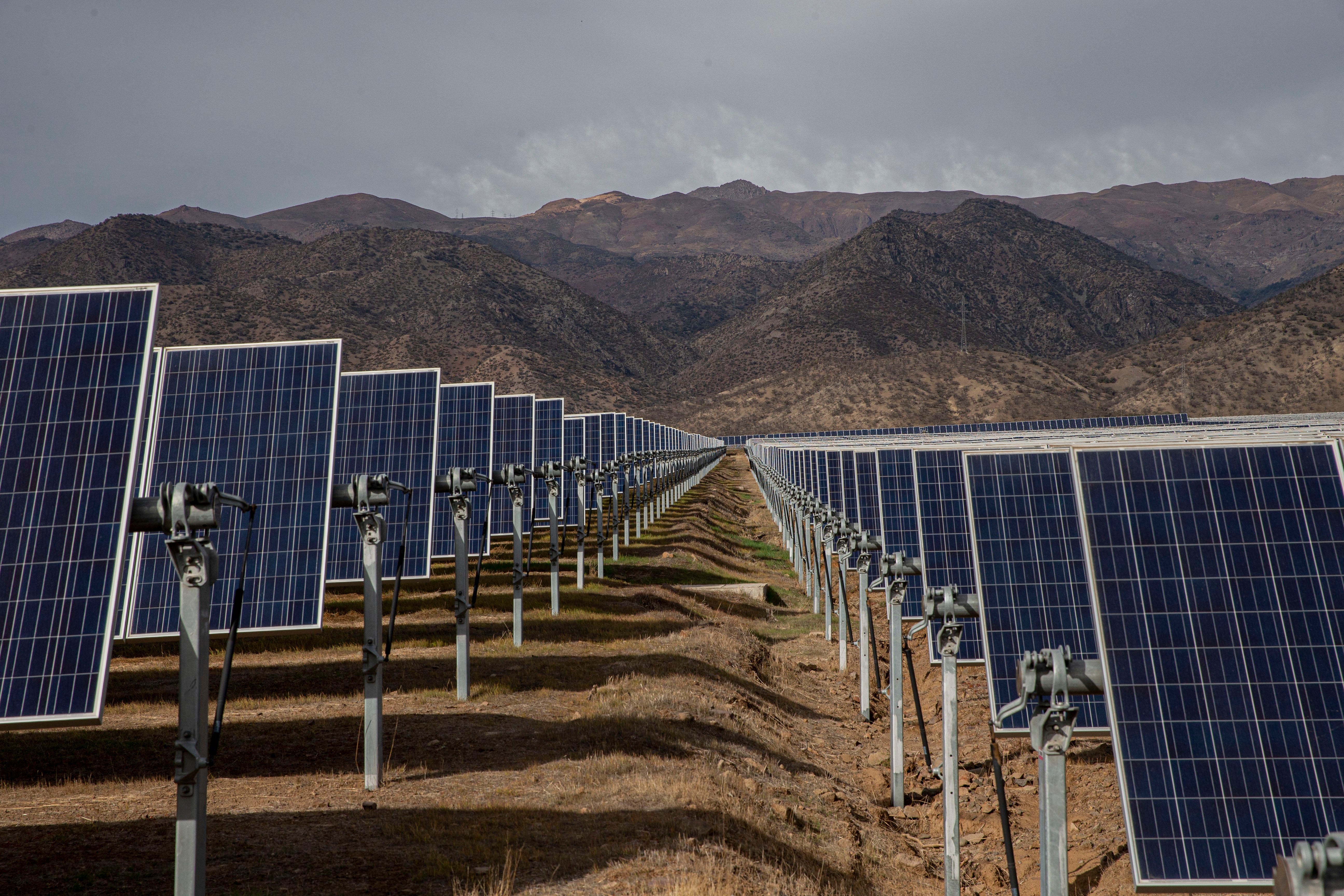ARTICLE AD BOX
Supplies of minerals essential for clean energy technologies are increasingly concentrated in a handful of countries, leaving the world vulnerable to supply shocks and price volatility, the International Energy Agency has warned.
Demand for critical minerals has surged in recent years due to the rapid expansion of electric vehicles, battery storage, renewable energy, and grid infrastructure.
The IEA’s Global Critical Minerals Outlook 2024, released on Wednesday, notes that while investments in and production of key minerals such as lithium, nickel, cobalt, copper and rare earths have grown rapidly in recent years, the pace is still slower than is needed to meet climate goals.
“Even in a well-supplied market, critical mineral supply chains can be highly vulnerable to supply shocks, be they from extreme weather, a technical failure or trade disruptions," IEA executive director Fatih Birol said.
"The impact of a supply shock can be far-reaching, bringing higher prices for consumers and reducing industrial competitiveness.”
The report notes that the share of the top three mineral producers in total supply rose from 63 per cent in 2020 to 68 per cent in 2023, while in processing the top three countries accounted for 90 per cent of global capacity.
China alone controls over half of the world's refining capacity for lithium, cobalt and rare earths – a strong grip that has raised geopolitical concerns, especially after Beijing announced import restrictions in response to US president Donald Trump’s tariffs.
“Low diversity in critical mineral markets could hurt industry resilience and make supply chains more vulnerable to disruption,” the IEA report says.
“Today’s supply and investment trends are not sufficient to support the accelerated energy transitions required to meet international climate goals.”
The concentration of supply is particularly high in mineral refining, with China dominating the midstream stage of production.

The IEA report comes as governments in the US, EU and other major economies push to diversify supply chains for clean energy components, reduce dependency on China, and secure alternative sources.
Nearly all growth in lithium refining capacity between 2022 and 2023 occurred in China. Projects in other regions, especially Africa and Latin America, have been slow to advance, often due to a lack of infrastructure, financing, or regulatory support.
Recent Chinese export curbs on graphite, gallium, and germanium – materials used in semiconductors and electric vehicles – have heightened concerns about future bottlenecks. These actions have triggered renewed calls for strategic stockpiles and stronger domestic investment in critical mineral extraction and processing.
The report estimates that demand for copper, vital for power grids and electric vehicles, could outstrip supply by 7 million tonnes by 2035 if new projects do not come online quickly. This could become a major constraint on efforts to scale up clean energy infrastructure worldwide.
Despite the challenges, the IEA report points to some positive developments.
Global investment in critical minerals development grew by 10 per cent in 2023, and clean energy demand is now a major driver for markets that were once led primarily by electronics and defence sectors.
Still, the agency emphasises the need for stronger international cooperation, transparent supply chains, and support for mineral-rich developing countries. It also calls on governments to improve environmental and labour standards in mining and to align extraction with community development goals.
“Ensuring reliable, sustainable supplies of critical minerals is essential for an orderly energy transition,” the report says.
The report adds pressure on world leaders ahead of Cop30, to be hosted by Brazil in 2025, to turn existing pledges into action, not just on emissions, but on securing the materials needed to build a cleaner global economy.









 English (US) ·
English (US) ·